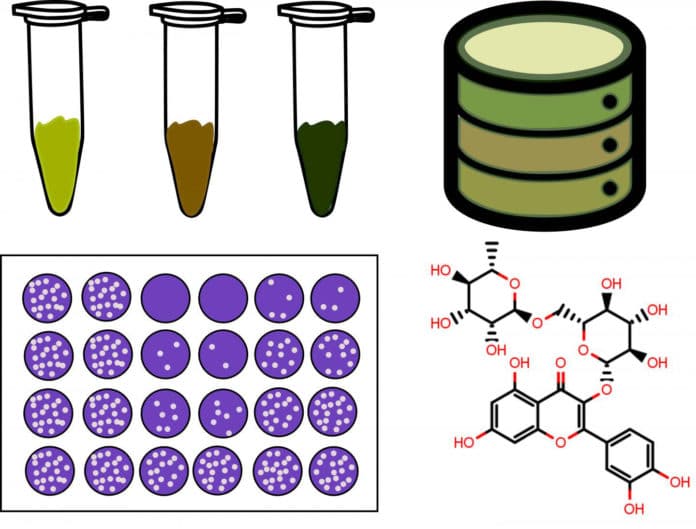Humic substances (HS) are complex natural mixtures comprising a large variety of compounds produced during decomposition of decaying biomass. Plant-derived biomolecules mostly represent the building blocks of HS. As a result, HS show a broad spectrum of biological activity. Despite that, HS remains a ‘biological activity black-box’ due to unknown structures of constituents responsible for the interaction with molecular targets.
Now, scientists from Russia demonstrated a novel approach leveraging the combination of high-resolution mass spectrometry and chemoinformatics to identify biologically active molecular components of humic substances extracted from coal, and discovered substances with antiviral activity against the tick-borne encephalitis virus.
A joint study conducted by scientists from the Skolkovo Institute of Science and Technology (Skoltech), M.P. Chumakov Federal Scientific Center for Research and Development of Immune-and-Biological Products of the RAS, and M.V. Lomonosov Moscow State University revealed that humic substances inhibit the reproduction of a dangerous human pathogen, tick-borne encephalitis virus. The authors depended on high-resolution mass spectrometry to think about the composition of humic samples and chemoinformatics to investigate their discoveries.
They compared the outcomes against broad databases of chemical compounds and distinguished the compounds’ essential highlights, which might be in charge of their virucidal activity. The data analysis results attest to the significance of natural central fragments of flavonoids and polyphenols, two classes of natural compounds with wide-ranging biological activity.
Alexander Zherebker, one of the authors of the study and Research Scientist at Skoltech said, “We attempted understanding the structural reasons behind the antiviral activity of the molecular components of humic substances. Aware that standard methods of complex mixture separation do not work for humic substances, we looked at some known structures matching the molecular compositions determinable by mass spectrometry and noticed that some structures correspond to compounds often extracted from natural sources, for example, flavonoids.”
“We undertook further mass spectrometry experiments, which suggest that there can indeed be a match between the types of structures we found in the databases and the molecular components of humic systems.”
The outcomes of the study can serve as a stepping stone towards point by point investigation into the molecular mechanisms of organic action shown by humic substances and other inseparable indistinguishable mixtures and assessment of their pharmaceutical potential.
